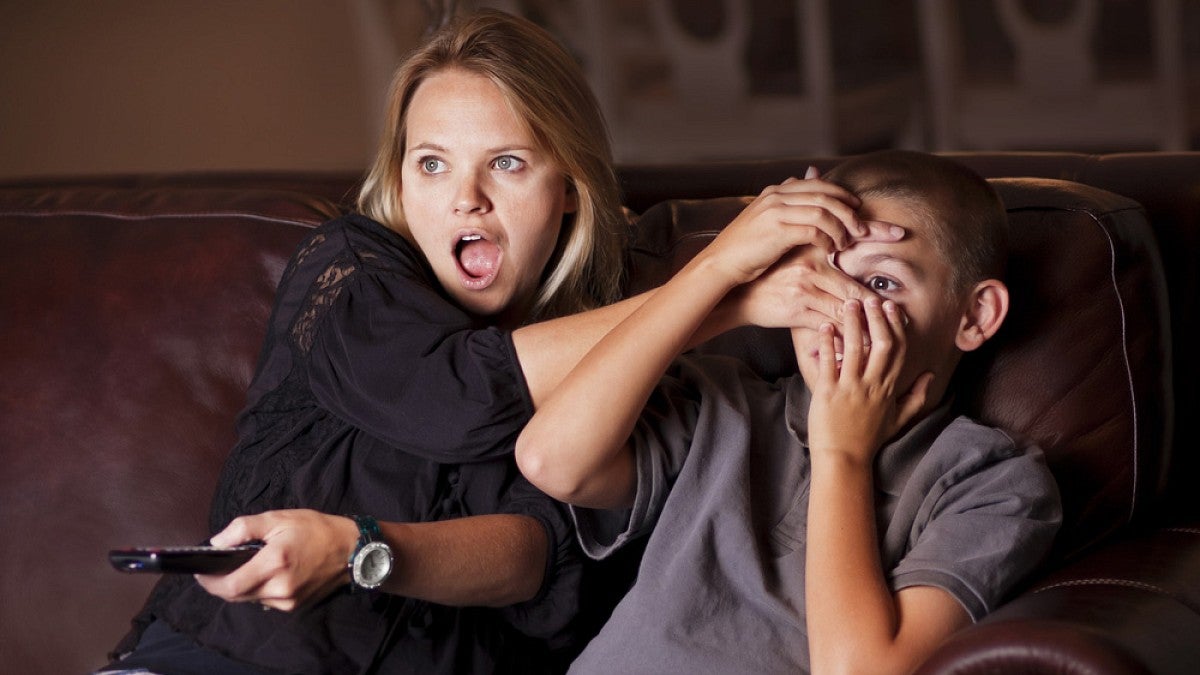Teenagers exposed to TV and film violence and high levels of household conflict may go on to engage in aggressive behaviors, but parental monitoring reduces the risk, according to a new study led by the UO’s Atika Khurana.
Teens who also have high levels of impulsivity are especially prone to aggressive tendencies, Khurana and colleagues from two other U.S. universities reported in a recent study. The research was published online ahead of print in the journal Aggressive Behavior.
The study provides a nuanced look at the unique and combined role of different risk and protective factors, including media violence exposure and parental involvement, on adolescent aggression. Data came from an online survey of 2,000 black and white teens aged 14-17.
“Accounting for all the risk factors we looked at in this study, parental monitoring had a strong protective effect,” said Khurana, an associate professor in the College of Education and and director of graduate programs in the UO’s prevention science program.
The survey captured teen viewing of 29 top-grossing mainstream movies from 2014 and 34 black-oriented movies from 2013 and 2014, as well as the viewing of the top 30 television shows in the 2014-15 season for black and nonblack adolescents. Each was coded to account for acts of violence occurring in five-minute increments.
Teens were asked what shows they had watched, how many times they viewed each and whether they had engaged recently in a physical fight, face-to-face bullying and cyberbullying as measures of aggression.
To measure family conflict, the teens were asked if their home life involved criticizing, hitting each other, cursing, arguing and throwing things when angry. Teens also replied to questions about how often their parents spent time talking with them, engaging in fun activities, and spending meal times together.
Other questions probed parental supervision of media use, such as restricting and forbidding the viewing of violent and adult content, and parent-led discussions about media violence, which often does not result in consequences, versus the ramifications of violence in real life. Impulsivity and sensation-seeking levels were measured using widely used self-report questionnaires.
“Media violence is a known risk factor for aggression in adolescents,” Khurana said. “The purpose here was to see how strong a risk factor it is compared to other risk and protective factors and how it operates in tandem with these factors.”
Media violence alone, the researchers concluded in the National Institutes of Health-funded study, is a strong risk factor for aggression, even when the adolescents were low in all the other risk factors.
“The effect is no doubt greater if you also have other risk factors such as family conflict and impulsivity, but it is nonetheless significant even for those at lower risk in other categories,” Khurana said.
While parental supervision was associated with lower levels for aggression, this study, she said, only captured the self-reporting of adolescents in a single round of data collection. A longitudinal study is needed to clarify how strongly parental involvement affects aggressive behavior over time and if it can alter the effect of media violence exposure.
For effectiveness, she said, parental intervention needs to be age-appropriate. Actions that restrict or forbid viewing of violent media works best with younger adolescents but can be counterproductive with older teens.
“Communication style is also important,” Khurana said. “Setting boundaries but allowing some autonomy and independence is vital.”
—By Jim Barlow, University Communications


